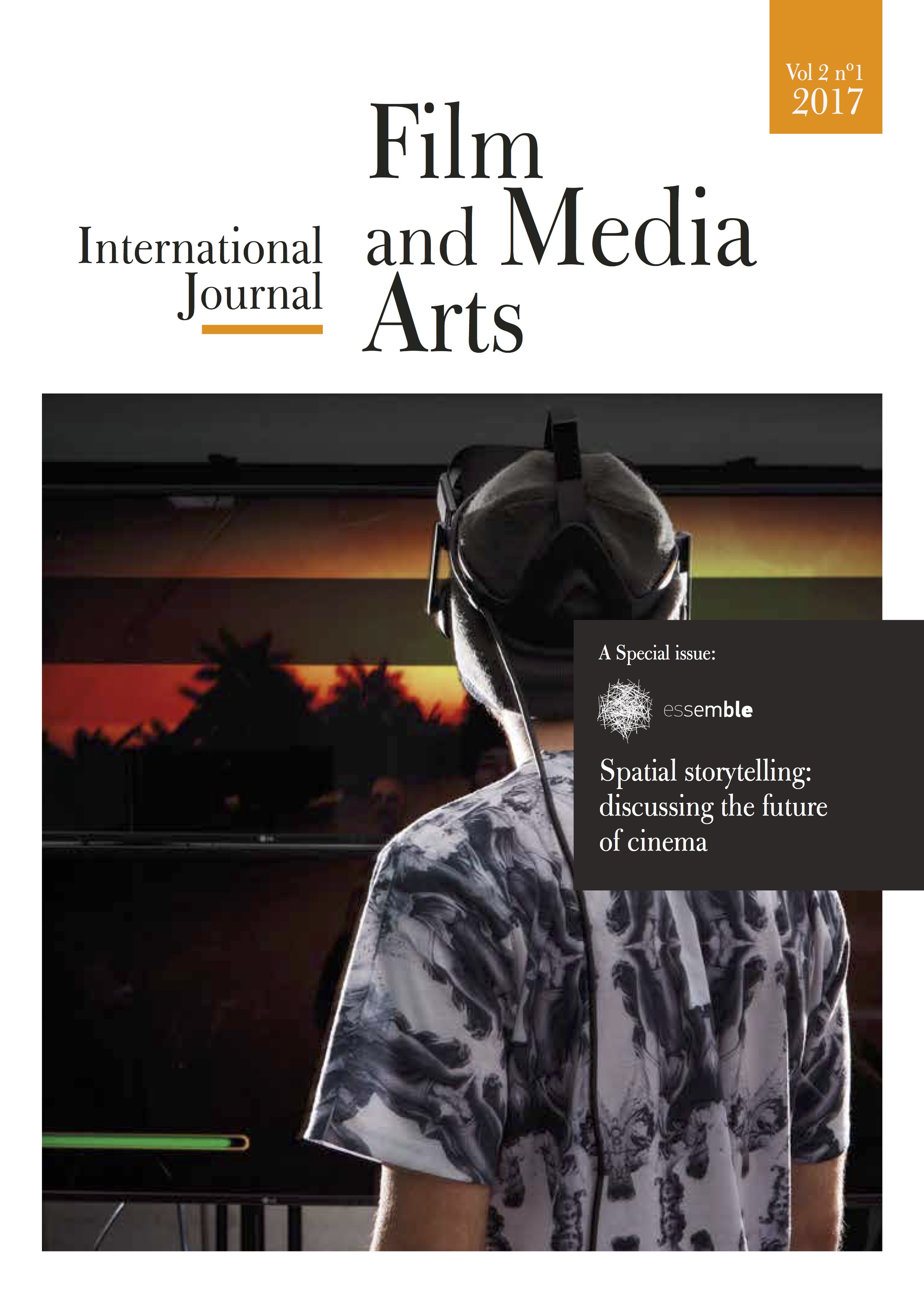Ventura: A Character’s Mental Landscape as History
Abstract
Pedro Costa’s last film, Cavalo Dinheiro [Horse Money, 2014], continues the work with Ventura in a way that could be seen to overtake Vanda’s role in his series of films since Ossos [Bones, 1997]. In Juventude em Marcha [Colossal Youth, 2006], by means of «the power of the false» (Deleuze), Ventura is a stratigraphic character, the result of a confrontation between fictional and documentary powers which permanently shifts, in Ventura himself, the actually existing Ventura from the invented Ventura. This builds a portrait that, with the ritornello of the film — Ventura's insistent recitation of a love letter —, moves across centuries of Portugal and world’s history. But in Horse Money, both concentration and fragmentation increase. There are all kind of coincidences and clashes between the past and the present time, which are presented in a glossolalia, voices that spread memory everywhere, as in the final sequence in the elevator, when we have Ventura and a soldier of the 25 April Revolution completely mummified, transformed into a golden statue. I want to highlight the everlasting present created through the length of time and the scarcity of space (we don’t get out of the elevator for a prolonged period of time). This is not a time that corresponds to confusion or delirium; this is the time built by the film, and I will particularly focus my paper on this coincident mental and historical landscape that, by entailing the body and the life of a person transformed into a character, allows to the filmmaker to ride through history with Ventura’s horse-money (‘money’ is the name of Ventura’s horse left in Cap Vert). We have no predefined thoughts and Pedro Costa does not provide us with any exits, but “the nerve-wave that gives rise to thought” (Artaud, via Deleuze) mixes with the noise of the tremor of the elevator that continues without stopping.











